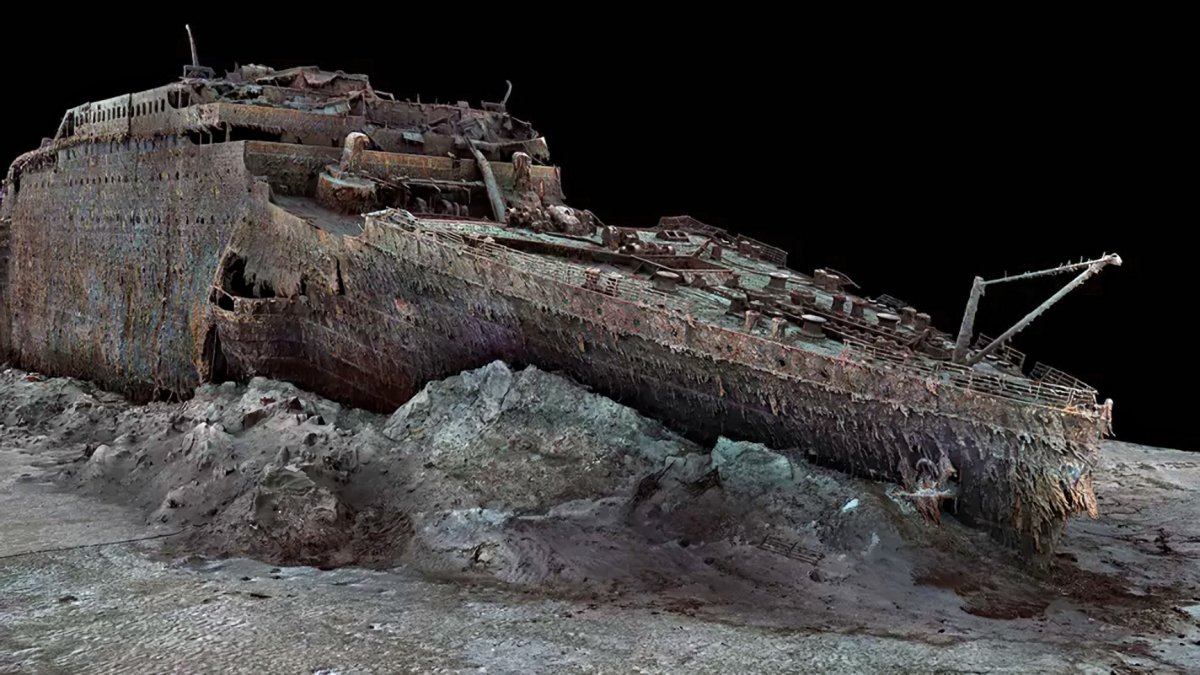A new high-resolution 3D model of the Titanic wreckage has been created, offering the most accurate depiction to date. Based on 700,000 still images taken by submersibles, the images were created by deep-sea mapping company Magellan. The Titanic sank in the North Atlantic in 1912 after colliding with an iceberg, resulting in the death of around 1,500 passengers and crew. The ship has remained at a depth of 3,800 metres since 1985, when it was discovered by Jean-Louis Michel and Robert Ballard.
The new 3D model could help scientists discover the exact cause of the shipwreck. However, little is currently known about the collision aside from speculation. According to Titanic expert Parks Stephenson, the model will move the liner’s story towards evidence-based research. The stern, which is visible in detail in the model, could even offer insight into how the ship hit the seabed following its devastating split.
The 3D images create a clear picture of the Titanic wreckage, which is torn into two large parts roughly 800 metres apart. A debris field surrounds the wreck, with tiny details visible, including the serial number of a ship’s propeller. Gerhard Seiffert, the Magellan expedition leader, spoke of the challenges of the depth and currents in creating the model, as well as the need to avoid damaging the wreck. The team mapped every square centimetre of the site, including sections of mud to fill the gaps between the wreckage.


